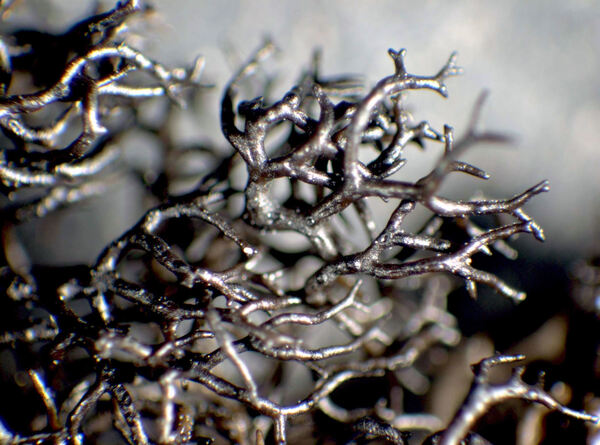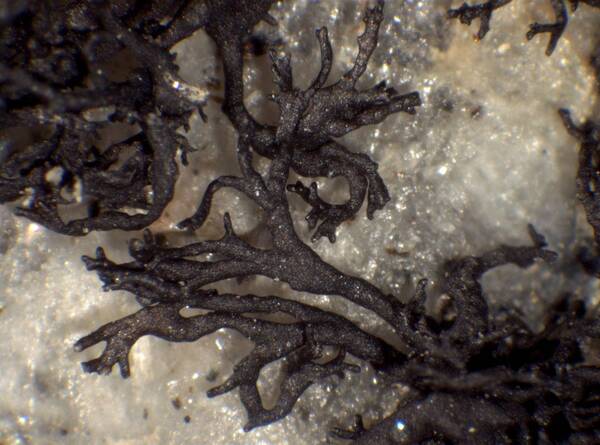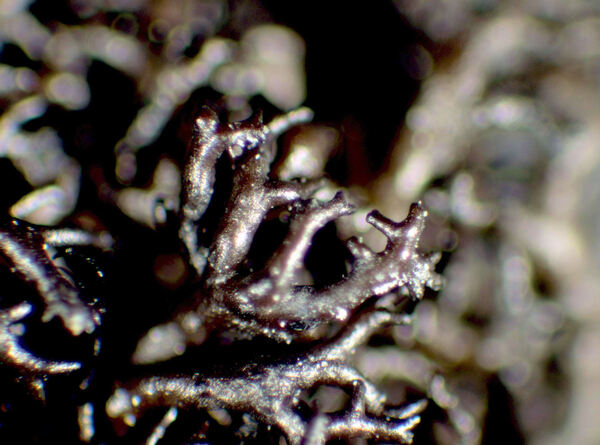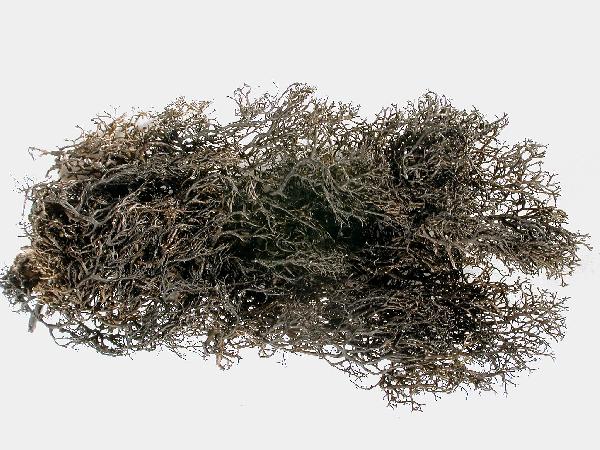Pseudephebe minuscula (Arnold) Brodo & D. Hawksw.
Opera Bot., 42: 140, 1977. Basionym: Imbricaria lanata var. minuscula Arnold - Verh. zool.-bot. Ges. Wien, 28: 293, 1878.
Synonyms: Alectoria minuscula (Arnold) Degel.; Parmelia minuscula (Arnold) Nyl.
Distribution: N - TAA (Thell & al. 2004, Nascimbene & al. 2022), Lomb, Piem (TSB 33153). C - Sar. S - Cal (Puntillo 1996).
Description: Thallus fruticose, filamentous, decumbent and prostrate, attached by disc-like hapters and a central holdfast, sometimes subcrustose in the center, dark brown to black, isotomic-dichotomously branched, the internodes 0.2-0.5(-1) mm long, forming up to 3 cm wide, carpet-like rosettes. Branches 0.1-0.3 mm thick, terete but becoming flattened at tips and with nodular swellings, with a shiny, compact, cortex of longitudinally arranged hyphae, without isidia, soredia and pseudocyphellae. Apothecia rather frequent, lateral, zeorine, to 3 mm across, with a dark brown to black disc and a smooth to verruculose margin. Asci 8-spored, elongate-clavate, very thin-walled, with a K/I+ blue, tall tholus penetrated by a faintly amyloid apical cushion, the wall K/I-, surrounded by a K/I+ blue outer layer, Lecanora-type. Ascospores 1-celled, hyaline, ellipsoid, 8-10 x 5-7 μm. Pycnidia usually abundant, immersed in conspicuous knobs giving the branches an uneven appearance, with broad, clearly visible ostioles. Conidia slightly dumbbell-shaped, 5-8 x 1-2 μm. Photobiont chlorococcoid. Spot tests: K-, C-, KC-, P-, UV-. Chemistry: without lichen substances.Note: an arctic-alpine, circumpolar species found on hard siliceous rocks (including pure quartz) in wind-exposed situations near and especially above treeline, up to the nival belt of the Alps; often confused with P. pubescens in the older literature; most common in the Alps, rarer in the high Mediterranean mountains, reaching south to the mountains of Calabria.
Growth form: Fruticose
Substrata: rocks
Photobiont: green algae other than Trentepohlia
Reproductive strategy: mainly asexual, by thallus fragmentation
Commonnes-rarity: (info)
Alpine belt: common
Subalpine belt: very rare
Oromediterranean belt: extremely rare
Montane belt: extremely rare
Submediterranean belt: absent
Padanian area: absent
Humid submediterranean belt: absent
Humid mediterranean belt: absent
Dry mediterranean belt: absent
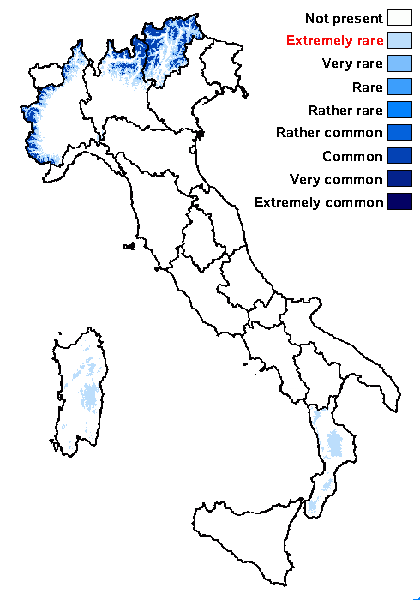
Predictive model
Herbarium samples
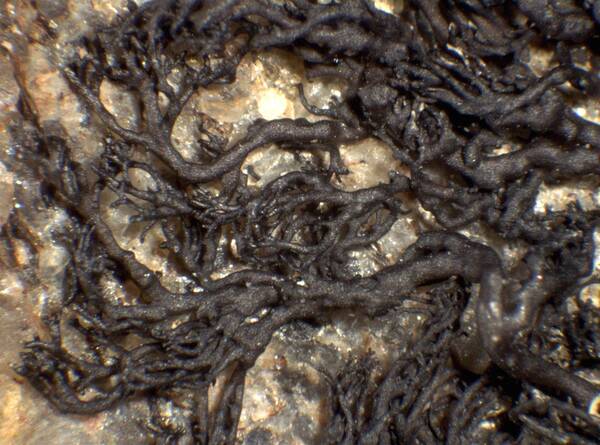
Miris Castello - CC BY-SA 4.0; Owner: Department of Life Sciences - University of Trieste
Antarctica, Terra Nova Bay.
Herbarium: TSB - Antarctic Herbarium
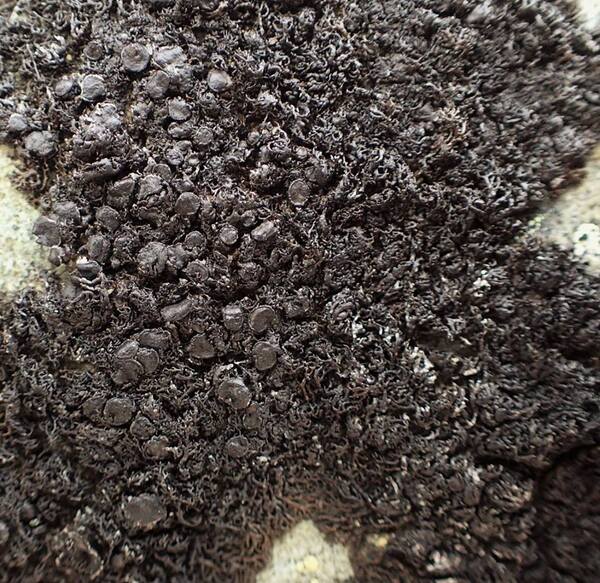

Curtis Randall Björk, - CC BY-SA 4.0
Sugarbowl-Grizzly Den Provincial Park, British Columbia, Canada
August 2017
as v. tilesii
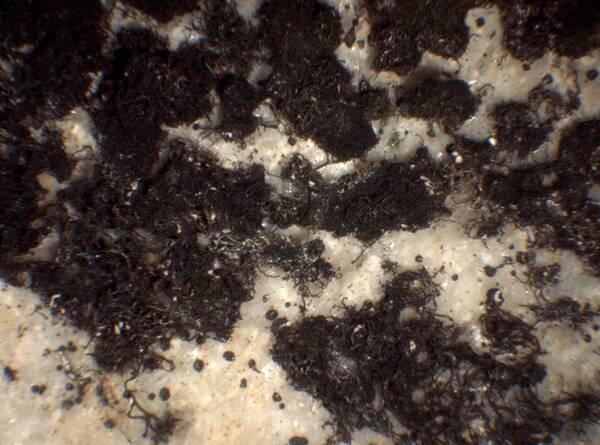
Miris Castello - CC BY-SA 4.0; Owner: Department of Life Sciences - University of Trieste
Antarctica, Terra Nova Bay.
Herbarium: TSB - Antarctic Herbarium
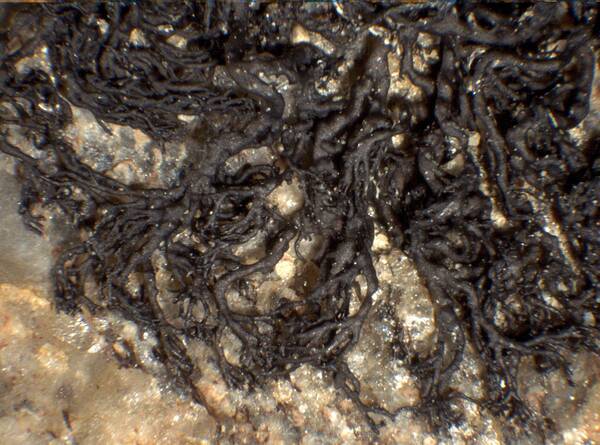
Miris Castello - CC BY-SA 4.0; Owner: Department of Life Sciences - University of Trieste
Antarctica, Terra Nova Bay.
Herbarium: TSB - Antarctic Herbarium
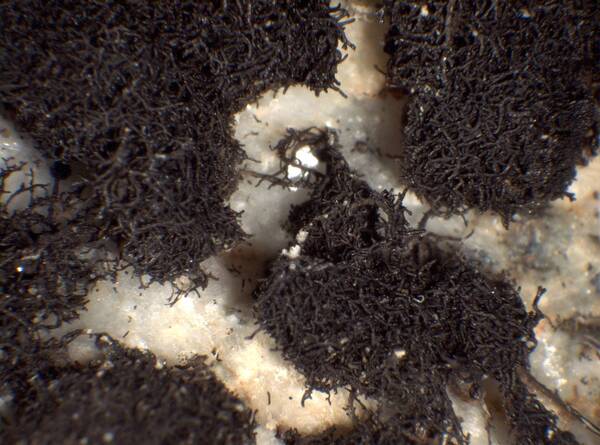
Miris Castello - CC BY-SA 4.0; Owner: Department of Life Sciences - University of Trieste
Antarctica, Terra Nova Bay.
Herbarium: TSB - Antarctic Herbarium
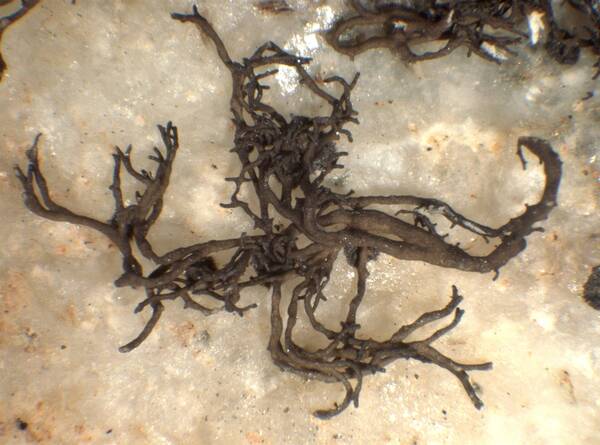
Miris Castello - CC BY-SA 4.0; Owner: Department of Life Sciences - University of Trieste
Antarctica, Terra Nova Bay.
Herbarium: TSB - Antarctic Herbarium
Growth form: Fruticose
Substrata: rocks
Photobiont: green algae other than Trentepohlia
Reproductive strategy: mainly asexual, by thallus fragmentation
Commonnes-rarity: (info)
Alpine belt: common
Subalpine belt: very rare
Oromediterranean belt: extremely rare
Montane belt: extremely rare
Submediterranean belt: absent
Padanian area: absent
Humid submediterranean belt: absent
Humid mediterranean belt: absent
Dry mediterranean belt: absent

Predictive model
| Herbarium samples |

Miris Castello - CC BY-SA 4.0; Owner: Department of Life Sciences - University of Trieste
Antarctica, Terra Nova Bay.
Herbarium: TSB - Antarctic Herbarium


Curtis Randall Björk, - CC BY-SA 4.0
Sugarbowl-Grizzly Den Provincial Park, British Columbia, Canada
August 2017
as v. tilesii

Miris Castello - CC BY-SA 4.0; Owner: Department of Life Sciences - University of Trieste
Antarctica, Terra Nova Bay.
Herbarium: TSB - Antarctic Herbarium

Miris Castello - CC BY-SA 4.0; Owner: Department of Life Sciences - University of Trieste
Antarctica, Terra Nova Bay.
Herbarium: TSB - Antarctic Herbarium

Miris Castello - CC BY-SA 4.0; Owner: Department of Life Sciences - University of Trieste
Antarctica, Terra Nova Bay.
Herbarium: TSB - Antarctic Herbarium

 Index Fungorum
Index Fungorum
 GBIF
GBIF
